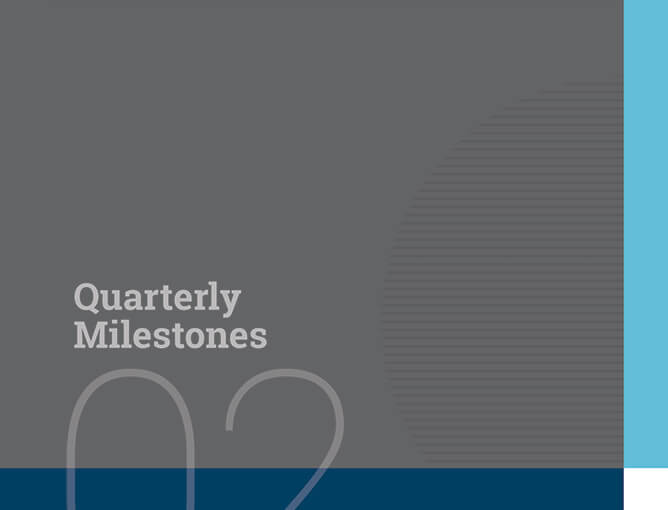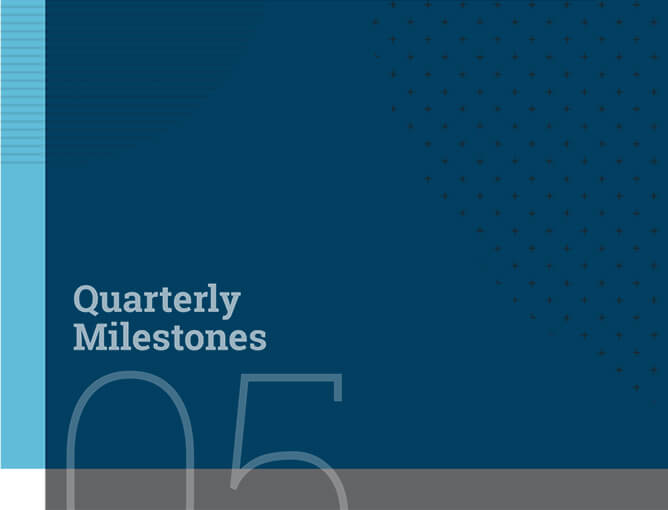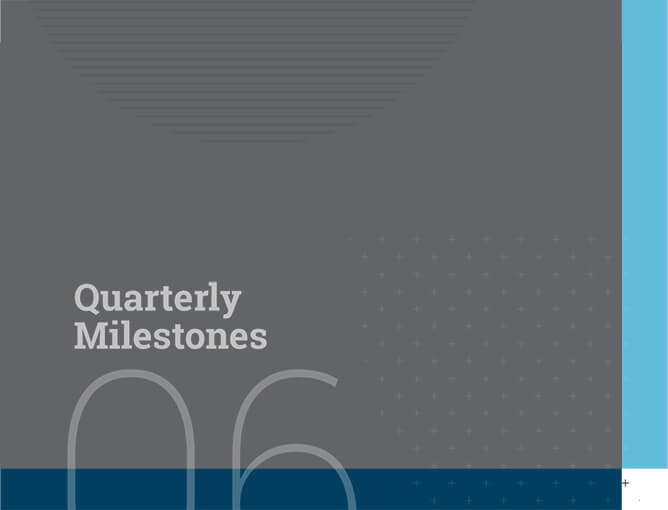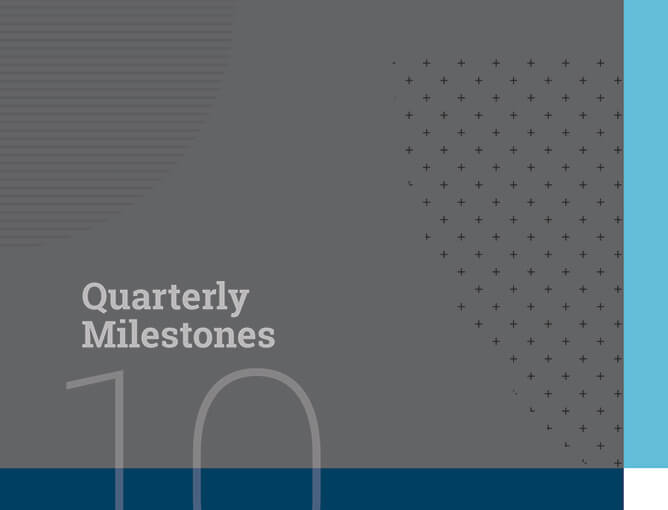
Kirti BalasubramanianCounsel

Disha JhaSenior Associate

Bhavik ShuklaAssociate
The third quarter of 2022 witnessed a steady push in the regulatory and policy realm of intellectual property (IP). The Economic Advisory Council (EAC) to the Prime Minister released a report on the state of the Indian IP ecosystem (Report) and the recent trends in patent and trademark registrations. The Report suggests reforms to alleviate the excessive delays plaguing the prosecution in patent and trademark cases. On the judicial front, the Intellectual Property Division of the Delhi High Court continued its momentum from the last quarter. It clarified crucial aspects of the law providing guidance to IP offices on examining the validity of patent applications such as divisional applications, applications for grant of rights over the shape of products, etc. It also took measures to help curb the abuse of domain names.
Key Developments
-
EAC’s report on the Indian patent and trademark ecosystem
In August 2022, the EAC released the Report highlighting the current state of the patent and trademark prosecution ecosystem in India. The Report also suggests pertinent reforms to improve accessibility to and efficacy of the ecosystem.
It notes that there has been a significant increase in the number of patent applications filed, patents granted, trademark applications filed, and trademarks registered as well as the number of patent applications filed by and granted to Indian residents. However, despite this increase in activity, India continues to lag behind its competitors such as China and the United States of America (US).
The Report also notes that the average time to dispose of a patent application in India is a lengthy 58 months as compared to 20 months in China, and 23 months in the US. On the trademarks front, the Report observes that while the average timeline for grant of trademark (i.e., 18 months) is comparable to other countries, this may extend to 5-10 years in the event a trademark opposition is filed in respect of a particular application.
According to the Report, the delays are attributable to:
- manpower shortage in Patent Offices and at the senior level in Trademark Registry (across all regional offices);
- lack of fixed timelines for patent prosecution and delays in prosecution of trademark applications, both at the examination stage and during opposition proceedings; and
- onerous compliance requirements at each step of the patenting process, including the periodic submission of information regarding the prosecution of foreign patents.
The Report suggests reforms such as:
- increasing the manpower through appointment of workforce on a contractual basis (on completion of short certificate courses) to enable faster grant of patents/trademark registrations and speedier hearings for oppositions;
- introducing fixed timelines for various patent prosecution proceedings and adhering to such timelines for hearings before the Patent Offices;
- ensuring strict compliance with the timelines set out under the Trade Marks Rules, 2017 for various prosecution-related steps;
- removing compliance requirements of periodic submission of information by patent applicants, which may be limited to applicants responding to specific requests from the Controller of Patents, when required; and
- automating service of notices to parties; and
- abandoning applications, where no action is taken by the trademark applicant.
Following the Report, the IP offices seem to have already started taking action to boost their manpower by advertising for open positions for senior roles, on a contract basis. The Report may also serve as a catalyst, especially for the formulation of timelines for hearings in contentious matters before the Indian Patent Office.
-
Delhi High Court orders Domain Name Registrars to comply with the intermediary guidelines and previous orders on infringing domain names
In our previous Quarterly Milestones update, we had discussed the order of the Delhi High Court calling upon the Domain Name Service Providers, the Department of Technology (DoT) and the Ministry of Electronics and Information Technology (MEITY) to provide comments on the issue of fraudulent domain names. (To read our detailed update on the Delhi High Court’s order, click here.)
Continuing in the same vein, the Delhi High Court, in the matter of Dabur India Limited & Ors. v Ashok Kumar and Ors., which grouped close to 30 similar suits (relating to trademark infringement by domain names), noted that while Domain Name Registrars (DNRs) are intermediaries within the meaning of the Information Technology Act, 2000, they are failing to comply with the rules laid down under the Information Technology (Intermediary Guidelines and Digital Media Ethics Code) Rules, 2021 (IT Rules), particularly rules relating to the grievance redressal mechanism and appointment of grievance officers. The Court also noted that many DNRs violate the orders of the Court with regard to infringing domain names and instead offer the ‘privacy protect’ feature as a default option helping them to redact information, which makes it challenging for litigants to identify wrongdoers.
Several DNRs, who had been summoned to provide their comments on this matter, submitted affidavits substantiating their compliance with the IT Rules, while others are yet to do so. The Court has provided the defaulting DNRs a final opportunity to comply with the Court’s orders prior to the next date of hearing on 1 December 2022.
It appears from these hearings that the Court is gearing up to issue directions to the authorities to formulate a policy for addressing the menace of domain name abuse and registration of fraudulent domains by DNRs. Additionally, the MEITY is also now conducting meetings with DNRs for this purpose.
-
Delhi High Court lays down the test for examining divisional applications for grant of patents
The Delhi High Court, in the case of Novartis AG v Controller of Patents and Designs, interpreted the provisions of the Patent Act, 1970 to set aside an order of the Patent Office rejecting a divisional application filed by Novartis.
The appeal was filed against an order passed by the Assistant Controller of Patents which rejected Novartis’ divisional application on the ground that the subject matter of the divisional application (Divisional Application) fell in the same broad class and group of inventions as the main patent application (Parent Application) to form a single inventive concept.
Novartis had filed the Parent Application under the Paris Convention which entered the national phase on 19 October 2007. This application was objected to by the Patent Office on the grounds that (i) the claims showed plurality of distinct inventions; and (ii) the formula showed variations which did not appear to fall within a single inventive concept. In response to these objections, Novartis filed an amended set of claims along with the response to the First Examination Report. The Parent Application was subsequently granted by the Patent Office. Thereafter, Novartis filed the Divisional Application, which was objected on the ground that the compounds claimed in it were already granted in the Parent Application. Accordingly, the Divisional Application was rejected.
Referring to the language of Section 16 of the Patents Act, the Delhi High Court observed that a divisional application may be filed (i) in respect of an invention disclosed in the specification of an earlier parent patent application, and (ii) in the event there is no duplication of claims in the two specifications, i.e., the parent specification and the divisional specification.
Accordingly, the Court observed that the formula in the Divisional Application was disclosed in the specification already filed for the Parent Application and hence was in respect of an invention disclosed in the specification of an earlier application. However, there was no duplication of claims between the two specifications, as the amendment to the claims of the Parent Application ensured that the claims of the Divisional Application fell outside the scope of the Parent Application. Accordingly, the order of the Indian Patent Office was set aside, and the matter was remanded back to the Patent Office for a fresh consideration of the Divisional Application on substantive grounds.
The essential test for determining the validity of a divisional application clarified by the Court in this matter is likely to have a positive impact on the quality of examinations by the Patent Offices.
-
Delhi High Court clarifies the criteria for grant of rights over shape of products under trademark law
In the matter of Knitpro International v Examiner of Trade Marks, Knitpro International (Knitpro) had appealed against an order passed by the Senior Examiner of Trade Marks holding that the image of a knitting needle sought to be registered for ‘knitting needles and crochet hooks’ was devoid of any distinctive character.
Knitpro argued that the shape of the knitting needle sought to be registered is distinctive and has acquired secondary meaning. However, as Knitpro failed to point out the distinctive elements of the needle which made it eligible for shape trademark protection, it eventually withdrew the said appeal. Accordingly, the appeal was dismissed as withdrawn and the rejection of the trademark application for the knitting needle was upheld.
Despite the withdrawal of appeal, the Delhi High Court dealt with the issue broadly for recording the correct legal position on shape trademarks. The Court observed that the definition of trademarks under the Trade Marks Act, 1999 had been extended to cover shape of goods, packaging, sound, smell and combination of colours, to the extent these features act as source identifiers. The Court further observed that the threshold for extending exclusive rights to shape of a product is quite high. After considering the various decisions of courts of foreign jurisdictions on the scope of shape trademarks, the High Court held that in order to grant exclusive trademark rights over a shape, the shape of a product should:
- not be a generic shape of the product,
- be immediately identifiable with the source of the product, and
- have acquired a secondary meaning.
This decision is encouraging for applicants seeking to obtain exclusivity over the trade dress of their products which have significant consumer recall and distinctiveness through continuous and extensive use in India.
-
Delhi High Court grants permanent injunction on use of the mark ‘Khadi’ and ‘Charkha’ logo by healthcare and safety start up
The Delhi High Court, in the matter of Khadi & Village Industries Commission (Plaintiff) v Raman Gupta and Other (Defendant estrained the Defendant from using the mark KHADI as part of its trade mark ‘KHADI BY HERITAGE’ and the ‘Charkha logo’ on personal protective equipment (PPE) kits, hand sanitisers and fireballs. The Plaintiff argued that the Defendant had misappropriated its trading name by using the mark ‘KHADI BY HERITAGE’ along with the ‘Charkha Logo’ as its own trademarks.
This Court held that the Plaintiff, being the registered owner of the trademark KHADI and its variants since 2014 with a user claim dating back to 1956 in several classes, both in the Hindi and English language, is entitled to protection of the trademarks in question. The Court further noted that even the ‘Charkha Logo’ was adopted by the Plaintiff in 1956 and is widely utilised on products offered by it. Lastly, the Court took cognizance of the various favourable orders obtained by the Plaintiff from courts and arbitrators in domain name disputes in respect of its KHADI trademark. In view of this, the Court noted that the Defendant’s use of the KHADI formative trademark is likely to result in ‘irreparable customer misunderstanding’ regarding the authenticity of its products, given the prior and extensive rights of the Plaintiff in the identical trademark. The Court determined that the Defendant’s use of the trademark KHADI is violative of the Plaintiff’s rights in the said mark and given the nature of the Defendant’s products, such infringing use is also extremely harmful to consumers.
The Court held that that there was a ‘reasonable expectation’ that the Defendant misappropriated the Plaintiff’s trademark to aid the promotion of its products. It awarded INR 10,00,000 in damages and imposed costs of INR 2,00,000, in favour of the Plaintiff. The Court also directed the Indian Trade Marks Registry to reject the Defendant’s trademark applications.
This order along with other previous orders of courts in favour of the Plaintiff raise questions regarding the legitimate use of the term ‘Khadi’ in a descriptive sense to denote Khadi-based products by third parties.
The growing jurisprudence of the Delhi High Court on issues relating to the examination practices of IP offices in relation to patent and trademark applications is certainly a step in the right direction. It provides legal certainty to the process and has a positive impact on the quality of examination, which is likely to boost the faith of applicants in the Indian IP ecosystem in the long term.
In the coming months, we hope the momentum of the Intellectual Property Division of the Delhi High Court leads to an increase in the number of specialised commercial benches in other regional courts. There are also signs that government authorities such as the MEITY are taking the issue of fraudulent domain name registrations seriously and are likely to publish clear policies in the near future to curb this menace, and direct registrars to take on additional obligations and responsibilities towards owners of IP rights aggrieved by infringing domain names.












